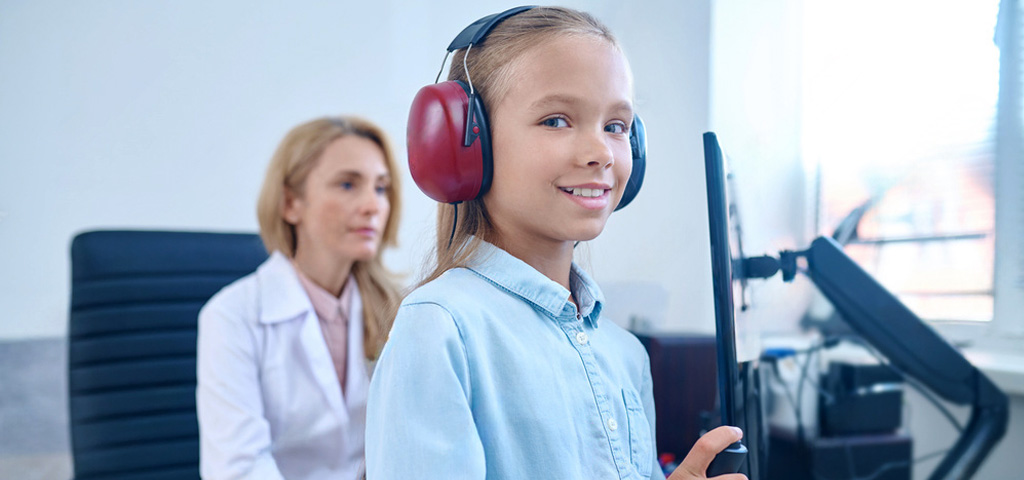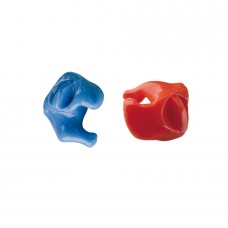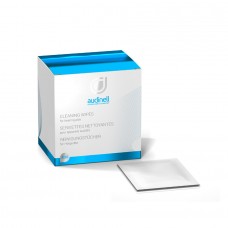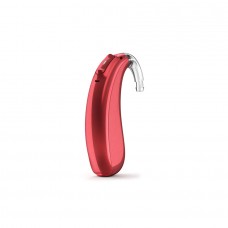Children's audiometries, what they are and how they work


Children live surrounded by stimuli. They are distracted by anything, from what is happening around them to their own thoughts. Getting a child's attention is really complicated, especially for the little ones, that you will not be able to ask them to raise their hands when doing an audiometry. A child is not even going to tell you (whether due to lack of knowledge or incapacity) about the hearing problem he or she suffers and if this is accompanied by other signs that could be related to a pathology that is causing the hearing loss.
For all these reasons, among others, children's audiometries are not done in the same way as they are normally done in adults, we must adapt the audiometry to the patient's age or cognitive level so that he perceives it as if it were something fun, as if it were a game. To perform this type of audiometry, not just any audiologist and in any cabin is useful, but rather one expert in pediatrics in a center adapted for this, such as our center on Girona Street.
Below we will explain the different techniques that are carried out to perform children's audiometry:
Audiometry by behavioral observation
This audiometry is based on observing the child's behavior when perceiving external sound stimuli. It provides us with approximate figures for the child's hearing threshold. To do this, we need to use calibrated instruments, in this way we achieve the most reliable and precise results possible.This test is mainly performed on babies 0 to 6 months old.
Audiometry with visual reinforcement (Suzuki)
With this test, the child's participation is necessary, so that he or she will perceive it as if it were a game. We will need you to relate the sound stimulus that we will transmit accompanied by visual stimulus such as a doll that moves and makes lights, in such a way that when you perceive the sound, direct your gaze towards the visual. From here we only need to lower the volume and as soon as we trigger a sound and the child does not turn towards the robot, we can be sure that he does not perceive that frequency or that volume.This test is done mostly in children from 6 months to 3 years.
Audiometry with Peep-Show
This test consists of receiving voluntary responses from the child to a sound stimulus which will be transmitted through headphones or a bone vibrator. We will use a screen or a theater that is only activated if, at the same time that the child uses the lever or button, the audiologist allows it thanks to a button that must be held down. While the tone plays, the audiologist holds down the peep-show control button and observes whether the child presses its lever or button, thus indicating that he or she has heard the tone. This test is used in children from 2 to 4 years.
Audiometry for recreational conditioning
It is done through simple games like throwing balls into a bucket or passing balls on an abacus. The child must identify the sound stimulus and then must perform the expected action according to the rule established for the game, such as returning the ball that we passed to him previously. We perform this test in children from 2 to 5 years.
From the age of 5, children would generally already have the capacity to perform conventional audiometry.
We have presented to you the most common audiometries, the ones that you will probably encounter when making the decision to evaluate your little one's hearing in a hearing center, but they all have the same objective: to know with the greatest possible precision the hearing status of your child.
Once we have reached the end of this publication we want to remind you that hearing is a vitally important factor for language learning and development in a stage as important as childhood. If we act quickly, the baby will be able to familiarize himself with the hearing aids more easily and will be able to create his own auditory memory, thus avoiding a delay in his development. For this reason, parents play the important role of carrying out this entire process as soon as possible, so from here we encourage you not to be afraid to take your child to the audiologist.


































